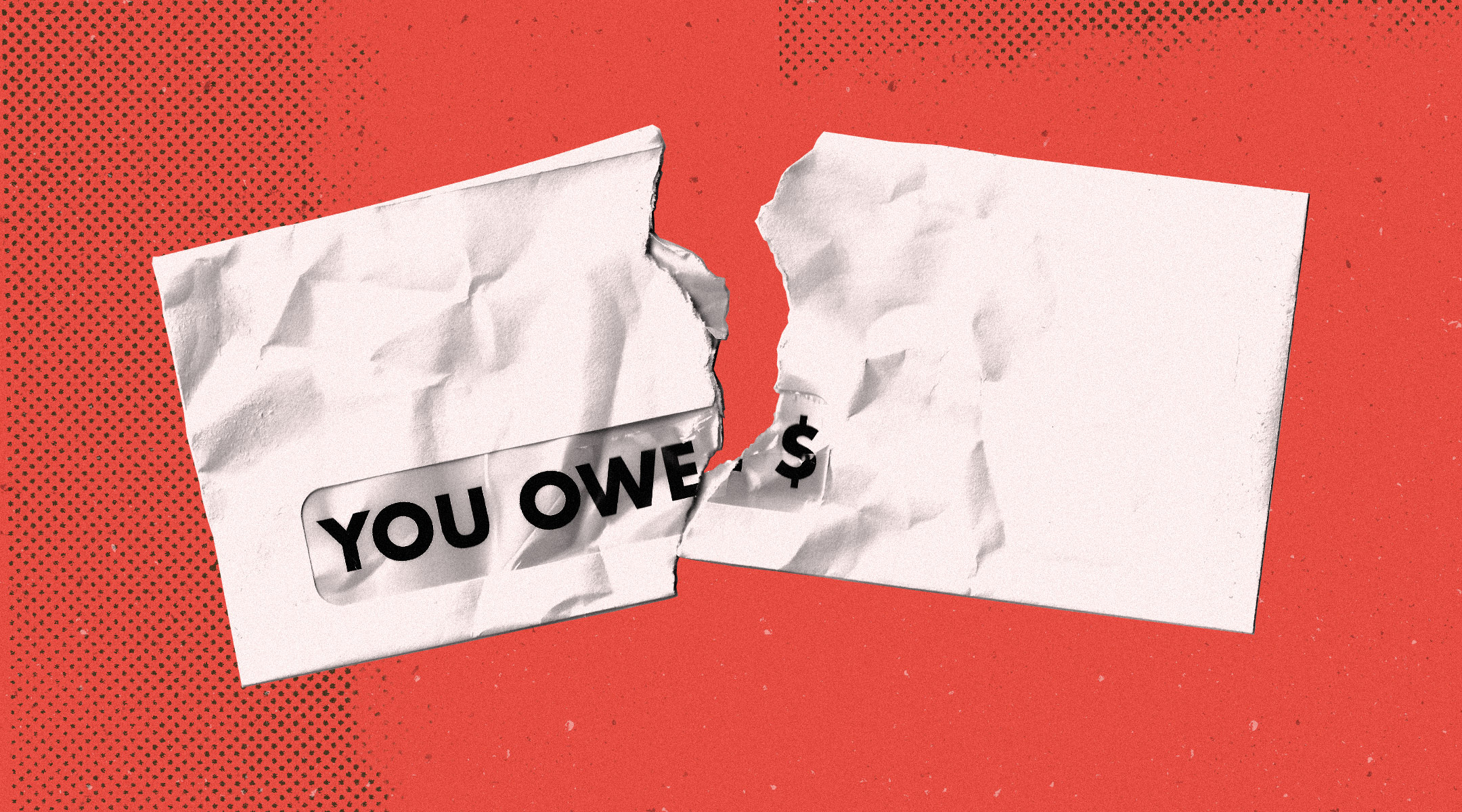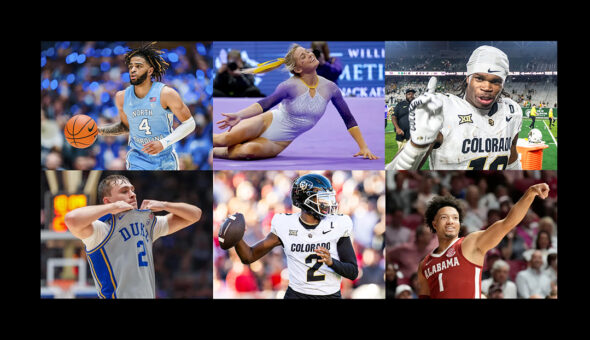Democratic Support for Reform
Warren isn’t the first, or the only, presidential hopeful proposing changes to higher education that would help alleviate the student debt crisis. Vermont Sen. Bernie Sanders was the first to bring the idea of tuition-free public higher education into the mainstream during his 2016 campaign for the presidency. It’s a position he seems poised to push in his 2020 bid as well.
According to a February MarketWatch article, Sanders’ plan to make public college tuition-free called for “a partnership between the federal government, which would fund two-thirds of the cost, and the states, which would fund the rest. He proposed paying for the plan through a tax imposed on investment houses, hedge funds, and others for transactions involving trades of stocks bonds and derivatives.”
In 2017, Sanders and Rep. Pramila Jayapal (D-Washington) introduced the College for All Act. The legislation, which ultimately did not pass Congress, called for eliminating tuition and fees at four-year public institutions for families making up to $125,000 and making community college tuition- and fee-free for all students. Rep. Tulsi Gabbard (D-Hawaii), also a 2020 presidential contender, co-sponsored the House version of the bill.
Funding public-sector colleges could push students en masse from private to public universities — pushing the publics to seek more funding to facilitate the influx. As for the privates, the exodus could signal the end for some schools that are already teetering on the lip of collapse.
Democrat presidential frontrunner Joe Biden, former vice president and Delaware senator, has yet to release a formal proposal addressing the student debt crisis, although he has previously indicated his support for tuition-free public college. He may, however, face some blowback for what MarketWatch called his “complicated history with the student loan industry.” According to MarketWatch, Biden backed a 2005 bill that barred borrowers from dismissing private student loans in bankruptcy.
Other presidential contenders in the crowded Democrat field have also put their support behind initiatives aimed at alleviating student debt. Most notably, California Sen. Kamala Harris, New Jersey Sen. Corey Booker, and New York Sen. Kirsten Gillibrand co-sponsored Hawaii Sen. Brian Schatz’s “debt free” college solution, which was reintroduced in March after a failed bid last year.
As Inside Higher Ed explains, “the bill would create a one-to-one federal match for state spending on higher education and use those funds to fill unmet need for students pursuing college degrees. Any college costs above a student’s expected family contribution would be covered—with priority going to Pell Grant recipients.”
Supporters of the bill say it is more comprehensive than tuition-free proposals because it addresses all college costs, not only tuition.
Other proposals supported by Democrat candidates for president include tuition-free community college, lowering or capping interest rates on student loans, and expanding the Pell grant program. Last year, Booker even proposed federally managed savings accounts, dubbed “baby bonds,” which would give every baby born in the U.S. $1,000 that families could add another $2,000 to annually to help them offset the cost of college or purchasing a home.
The Conservative Take
For their part, fiscally conservative Republicans have largely shied away from the idea of tuition-free, debt-free education, opting instead to focus on debt repayment options.
Most recently, Florida Sen. Marco Rubio, who has co-authored similar bipartisan bills in the past, announced a plan to help reduce the burden of student loans by allowing students to pay a flat rate to finance their loans rather than an ever-increasing interest rate. The Leveraging Opportunities for Americans Now (LOAN) Act would require students to pay 10 percent of their income toward their loans in order to opt for the financing fee.
Loan repayment is a particularly troubling topic when, as Forbes reports, 6.7 million borrowers are in default or forbearance on more than $210 billion in student loan debt. In its recent Proposal to Reform the Higher Education Act, the Trump administration cited recent studies showing that nearly 30 percent of student borrowers eventually default on their loans.
Similar to Rubio’s plan, the administration’s proposal seeks to streamline the repayment program and cap payments at 12.5 percent of borrowers’ discretionary income. The proposal goes on to extend loan forgiveness to all undergraduate students after 180 months of repayment on their loans. It takes a step even further by calling for limits on Parent and Grad Plus loans to help stymie the tide of runaway borrowing.
Unintended Consequences
So what does all of this mean for America’s colleges and universities? On the surface, not much—at least when we’re talking about repayment plans and forgiveness on existing loans. The situation becomes a little more tenuous when we examine the impacts of Democrats’ tuition-free initiatives, as well as additional higher education reforms laid out by Republicans.
For example, institutional accountability and transparency loom large in both the president’s proposal and Rubio’s bipartisan Student Right to Know Before You Go Act, which he also reintroduced this year. Both plans call for colleges and universities to release more data regarding such things as average debt of their students and program-based earnings potential—all of which will require significant staff time to gather and disseminate.
Trump’s proposal even suggests that institutions share in the financial responsibility associated with student loans. Although no details were presented, the ramifications of that are obvious.
Things become more complex when we look at tuition-free, and debt-free, initiatives. In both cases, it seems colleges and universities will need to be more cost-conscious in setting tuition prices. Schools will need to increase their marketing efforts and dollars to distinguish themselves from the competition, which may offer less costly or even tuition-free alternatives.
Even then, some community colleges and private colleges and universities may not survive—and public institutions would be strapped for resources.
As Gary Olson, president of Daemen College in New York, pointed out in his 2017 University Business op-ed “The Unintended Consequences of Free College Tuition,” funding public-sector colleges could push students en masse from private to public universities — pushing the publics to seek more funding to facilitate the influx. As for the privates, the exodus could signal the end for some schools that are already teetering on the lip of collapse. Even community colleges, those affordable stepping stones to both, could lose the comparative advantage.
“If state institutions were tuition-free, there would be no incentive to attend the local community college, rather than the nearby research university,” wrote Olson.
“What’s more, if students abandon private colleges and inundate the state’s public institutions, independent colleges that are already experiencing financial difficulty could potentially collapse …”.
This, of course, would also negatively impact the economy. At the time of his op-ed, Olson said New York’s independent, not-for-profit colleges alone have an estimated annual economic impact of $79.6 billion.
For these reasons, Olson rallied for politicians to seek the input of higher education leaders when crafting their proposals. It’s wise advice in current conversations around college affordability as well.








